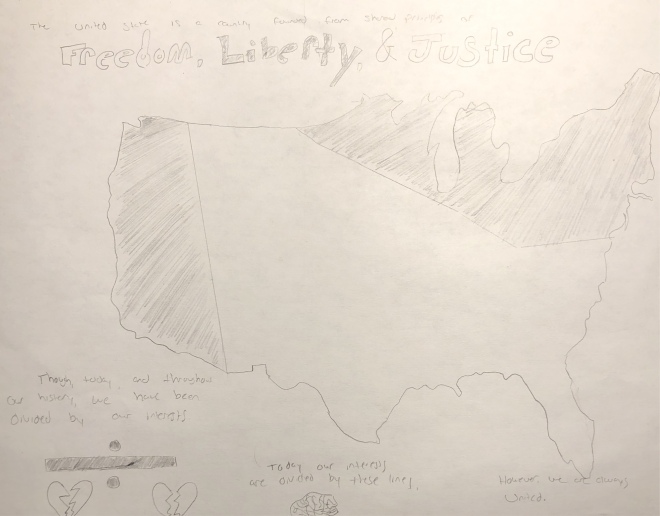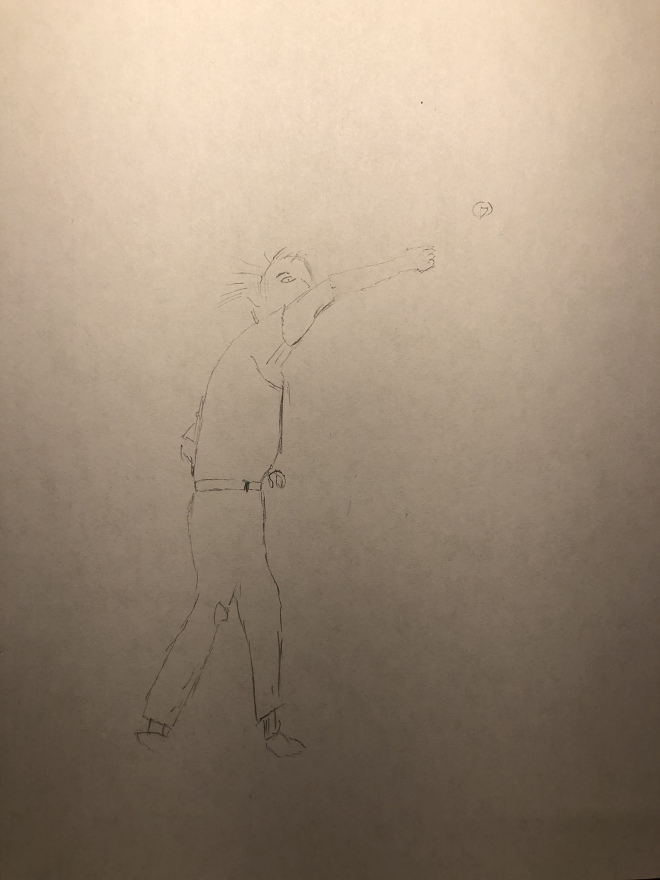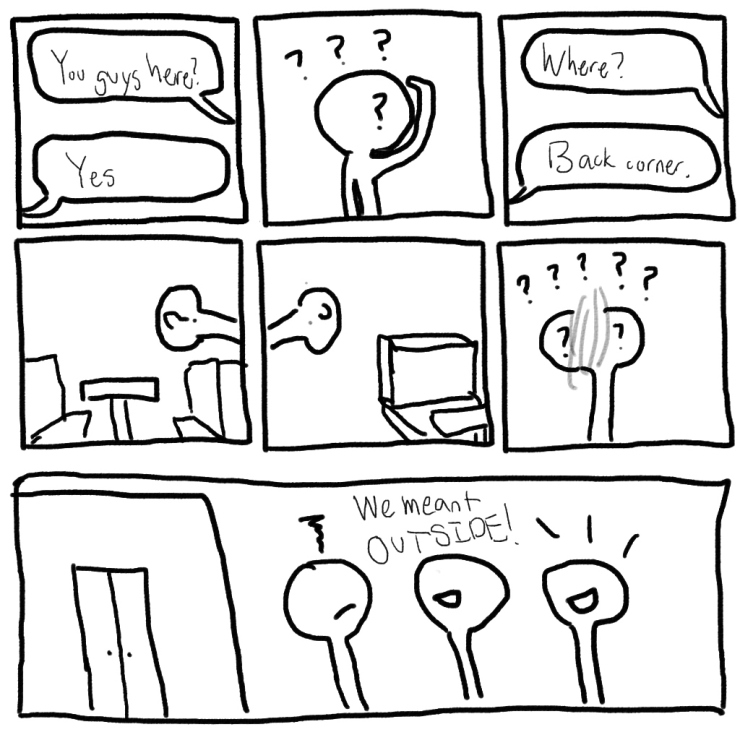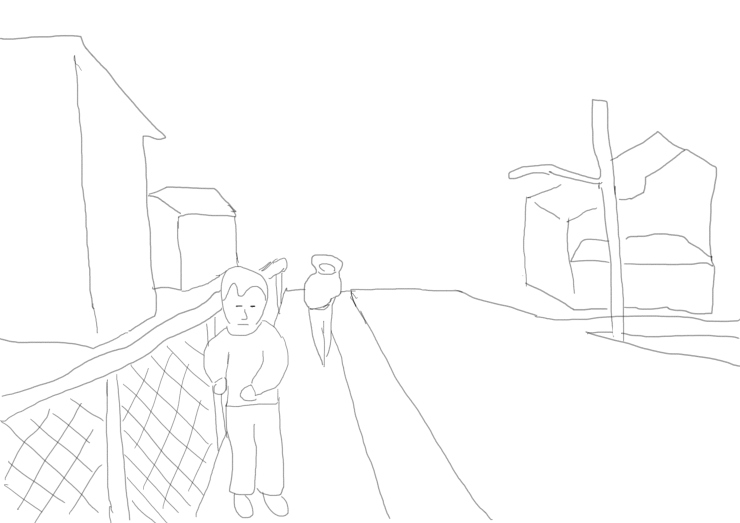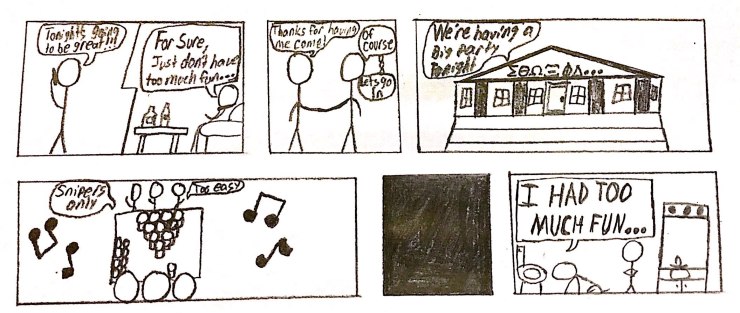Literacy Narrative Rough Draft

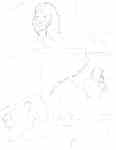

The main challenge I faced with this assignment was getting it scanned and uploaded. I didn’t want to commit to the layout fully, so I didn’t use pen, but this made the pages hard to scan. The end result still isn’t the highest quality, but I think it should be readable.
The scanning was the hardest part for me mostly because I think I tend to write with visuals in mind. When I was really young and learning how to write the advice that I always got from my grandmother was to try and “paint a picture with your words”. In my writing I always find that I leave a more lasting impression when I can show things with a specific image or anecdote, rather than just stating my point. The story about writing words off of coins, I think, conveys my message more effectively than simply saying “I wanted to learn to read from a young age”. That thought process in writing made this assignment easier in that I had a concrete story line to illustrate. It also made me notice certain weaknesses in my writing. The last page was the most difficult one to illustrate because my writing became more vague, which makes me think that I probably need to revisit my last paragraph to strengthen the ending.
The comments that I got in our peer review session were largely positive I felt. Someone pointed out that I should try to vary my “camera angles” in the last page, which I don’t disagree with. I think this points to the fact that the writing was more vague and shows that I had a hard time illustrating that in any way other than by drawing faces close up. I am excited to take this piece further and I cannot wait to see the final drafts of the other students in my group.

